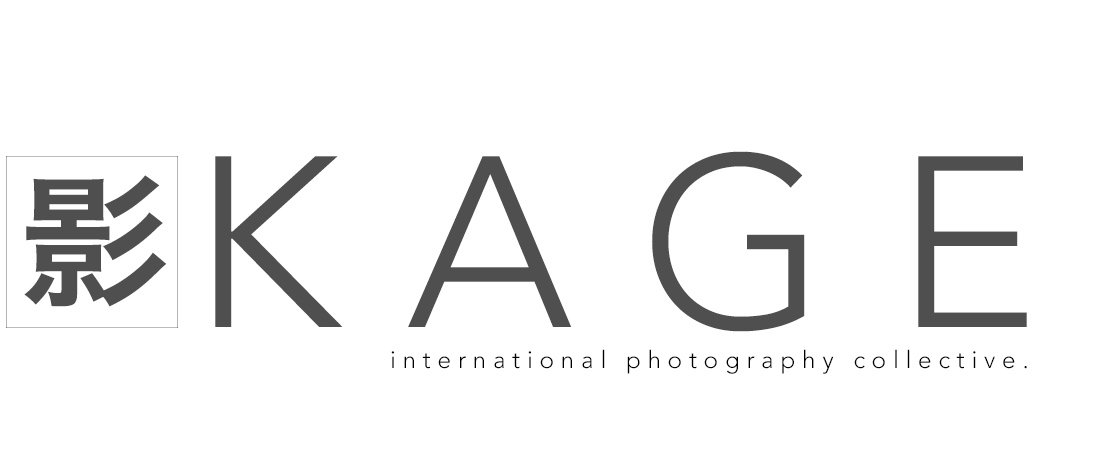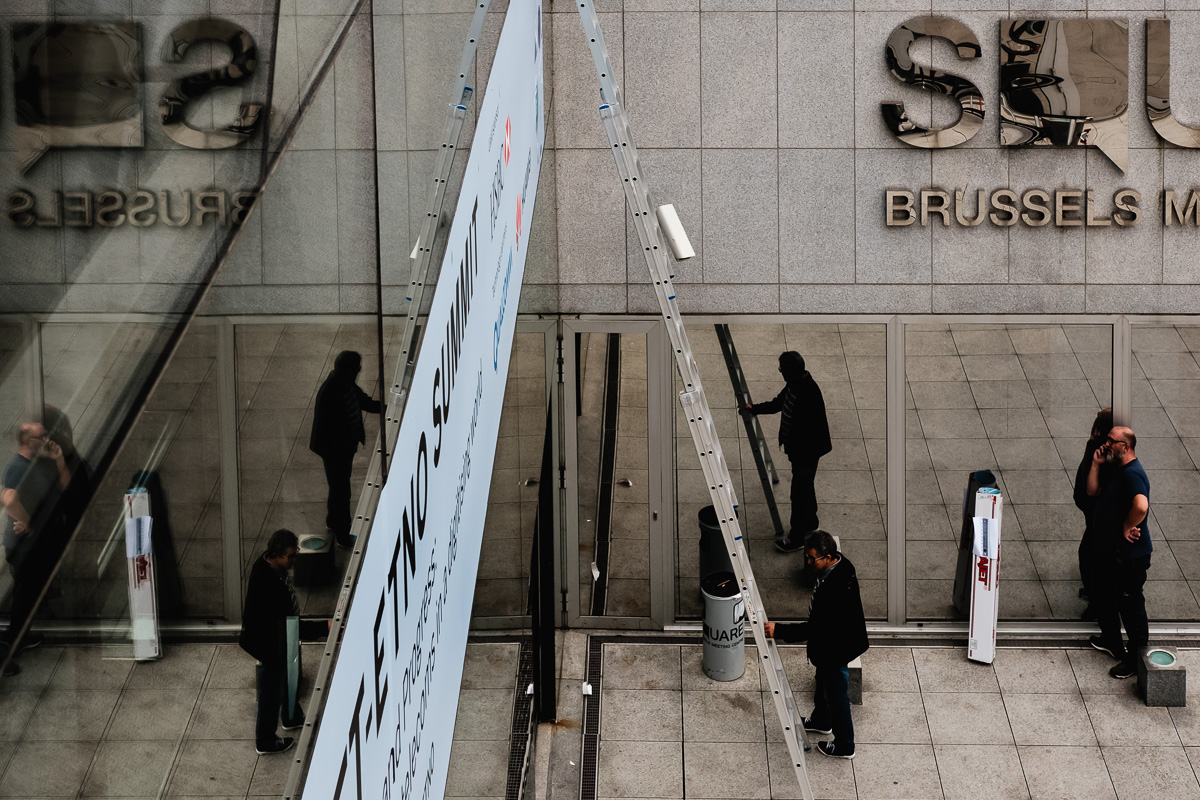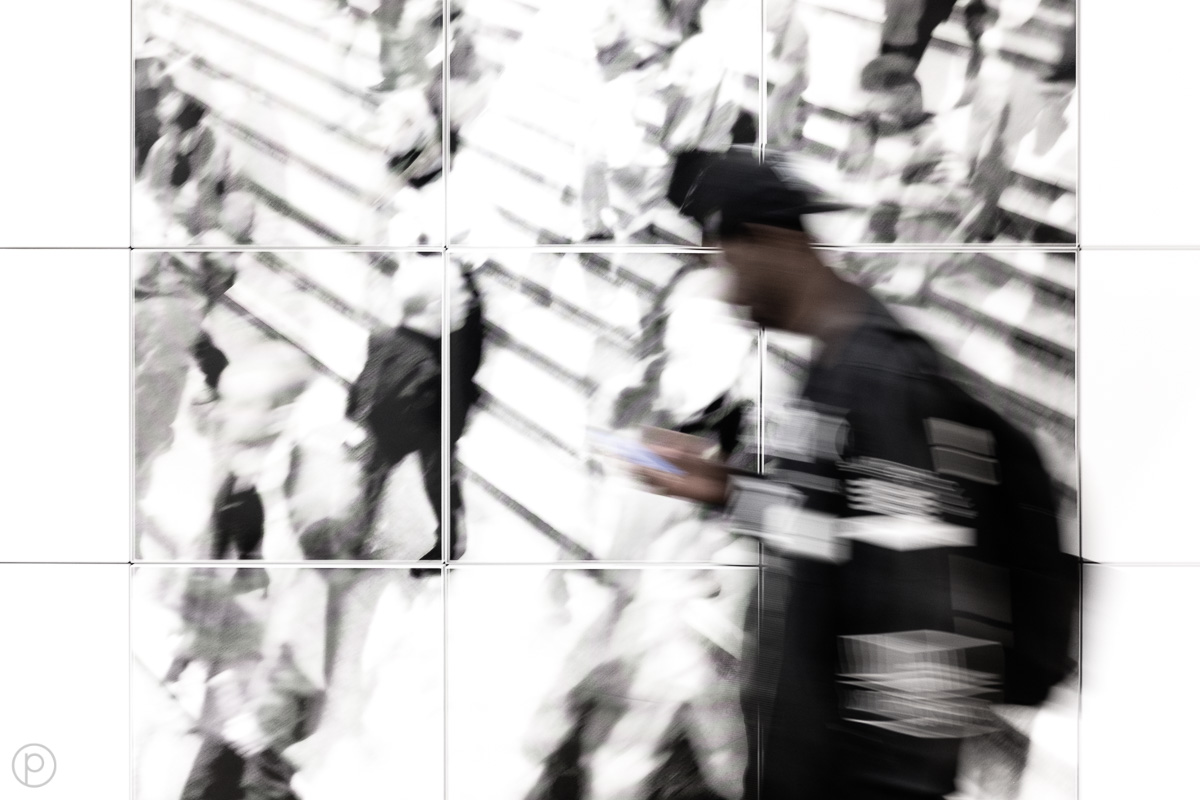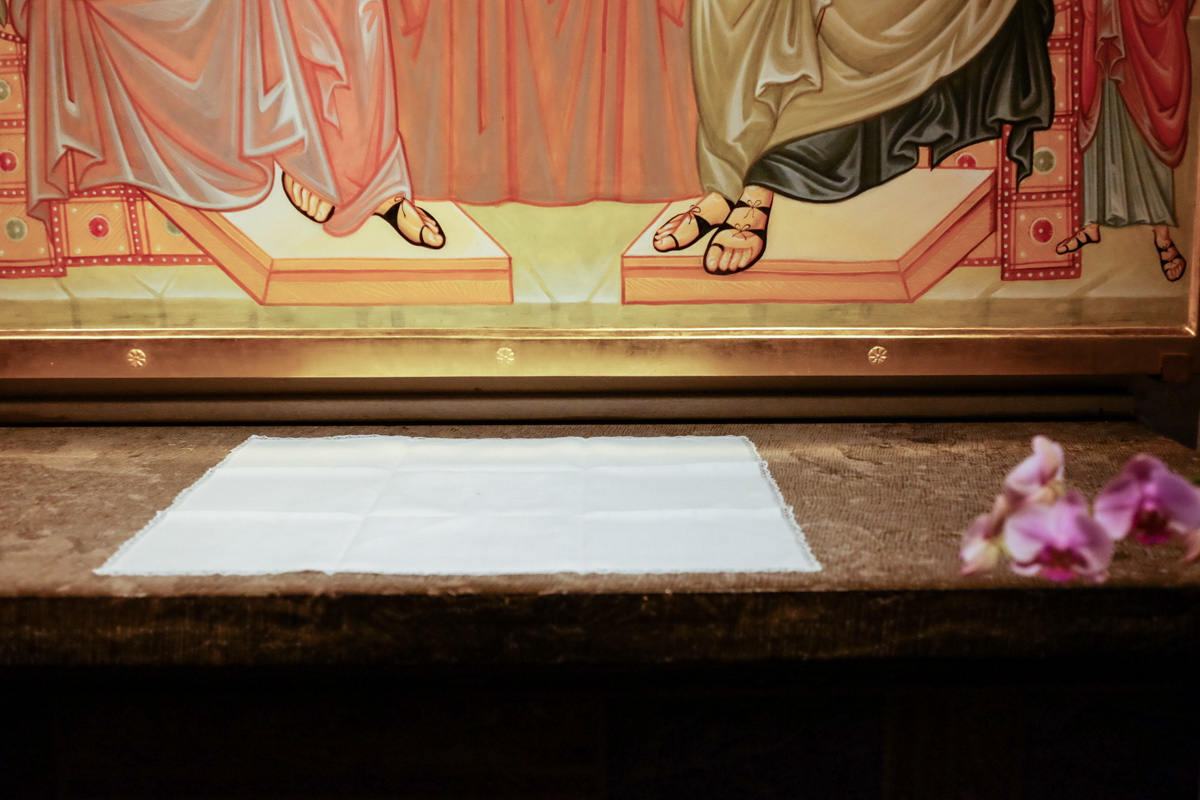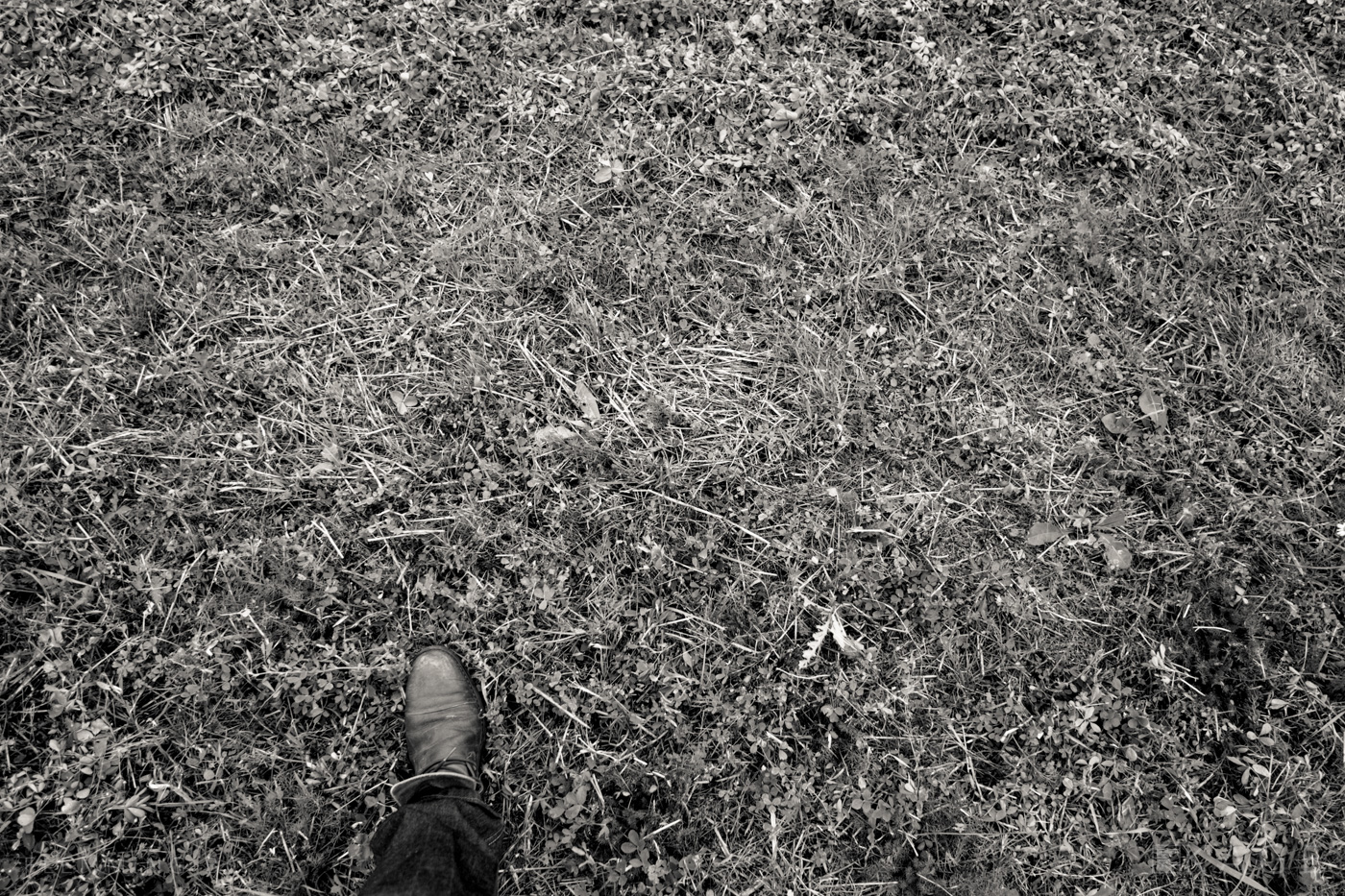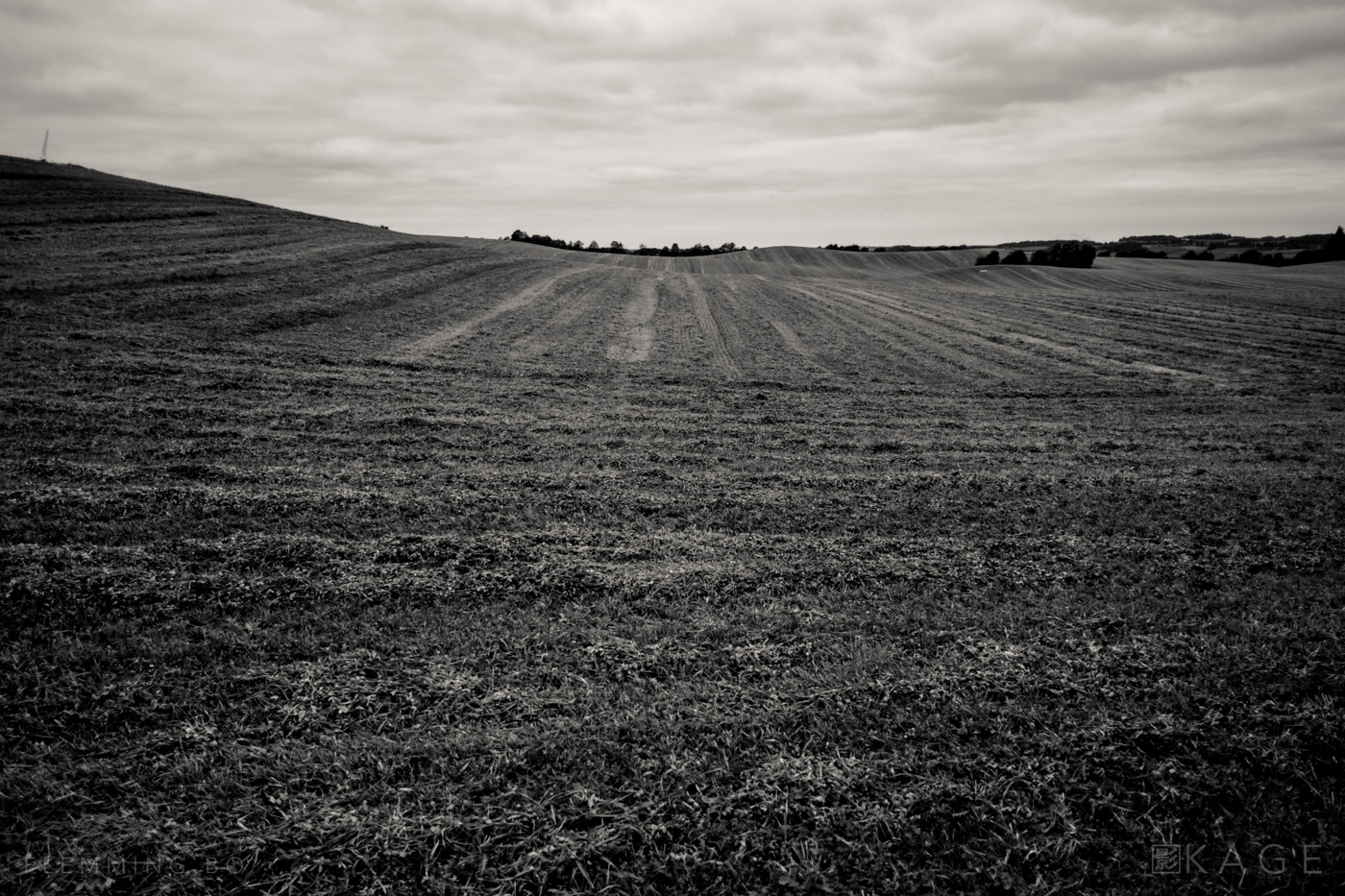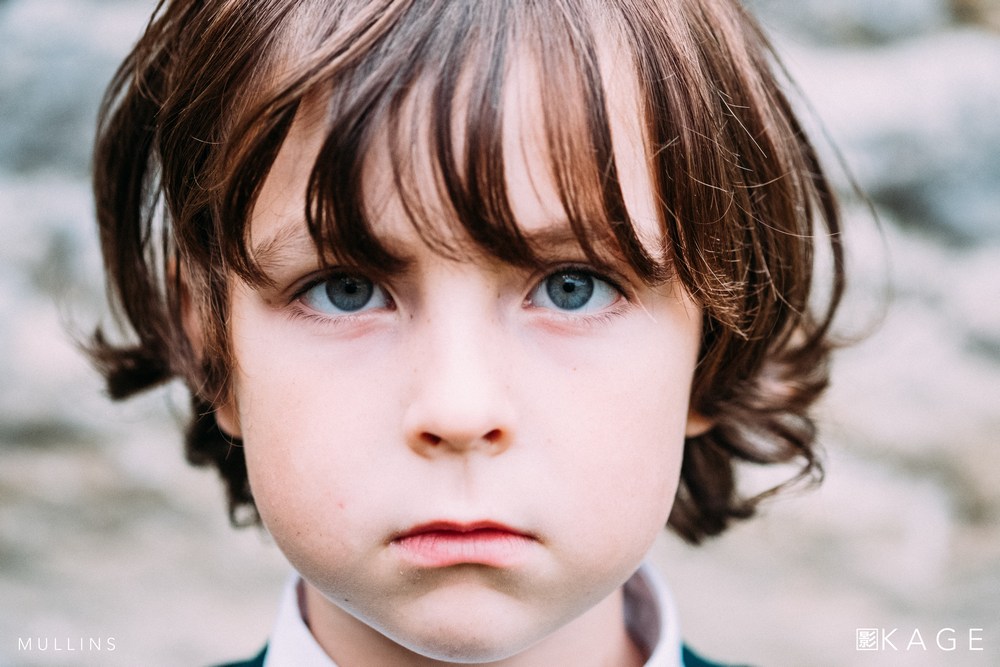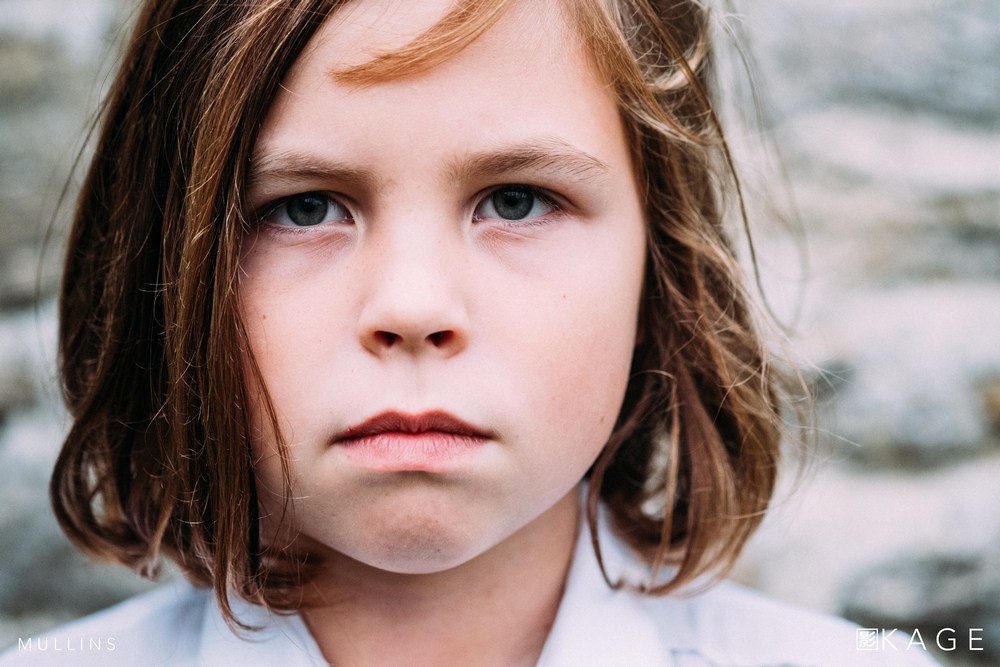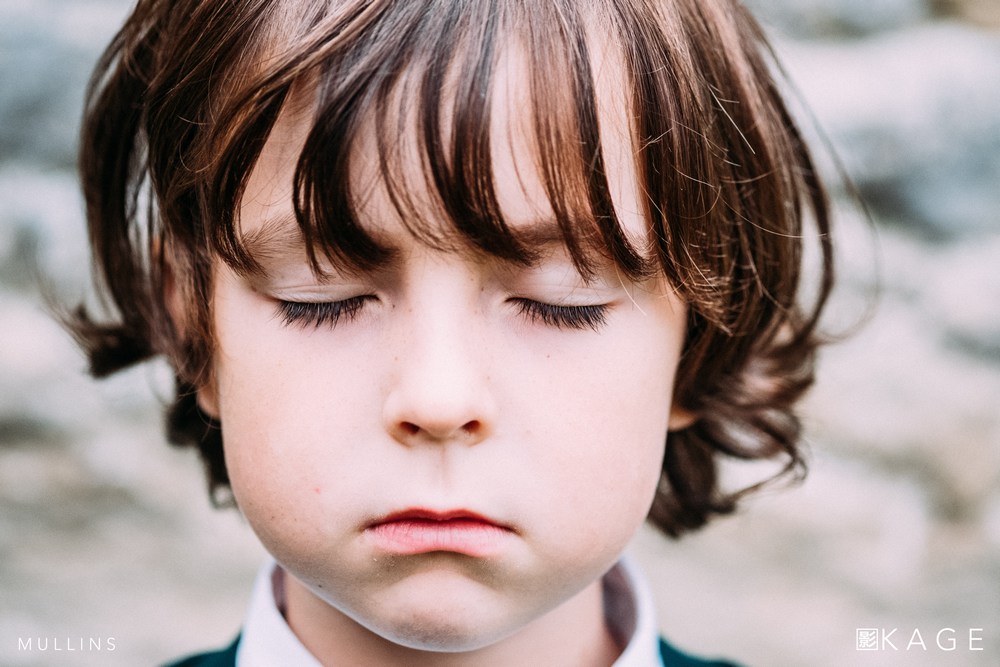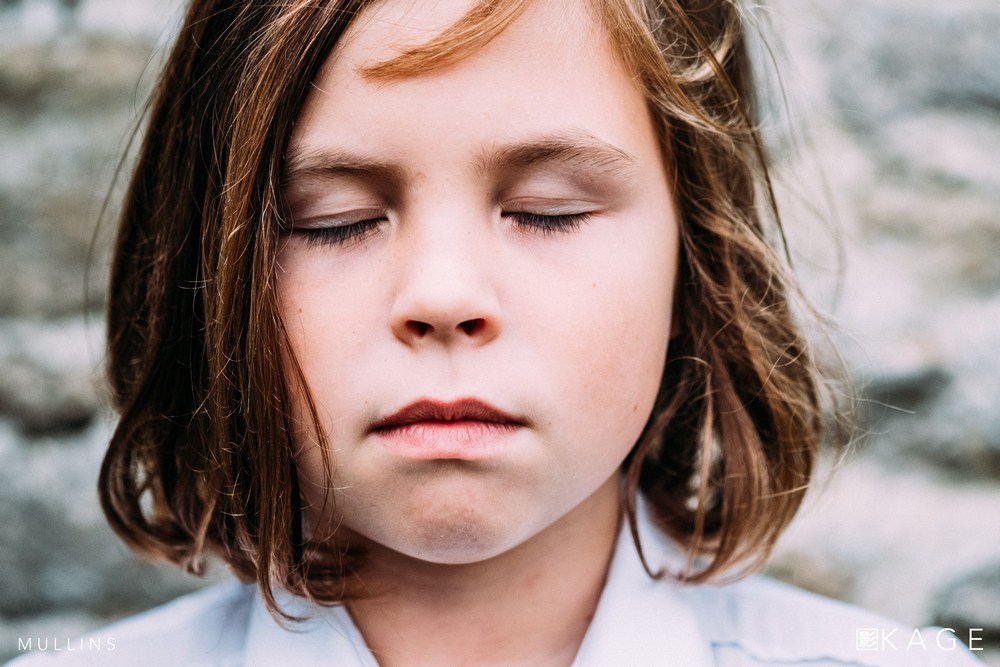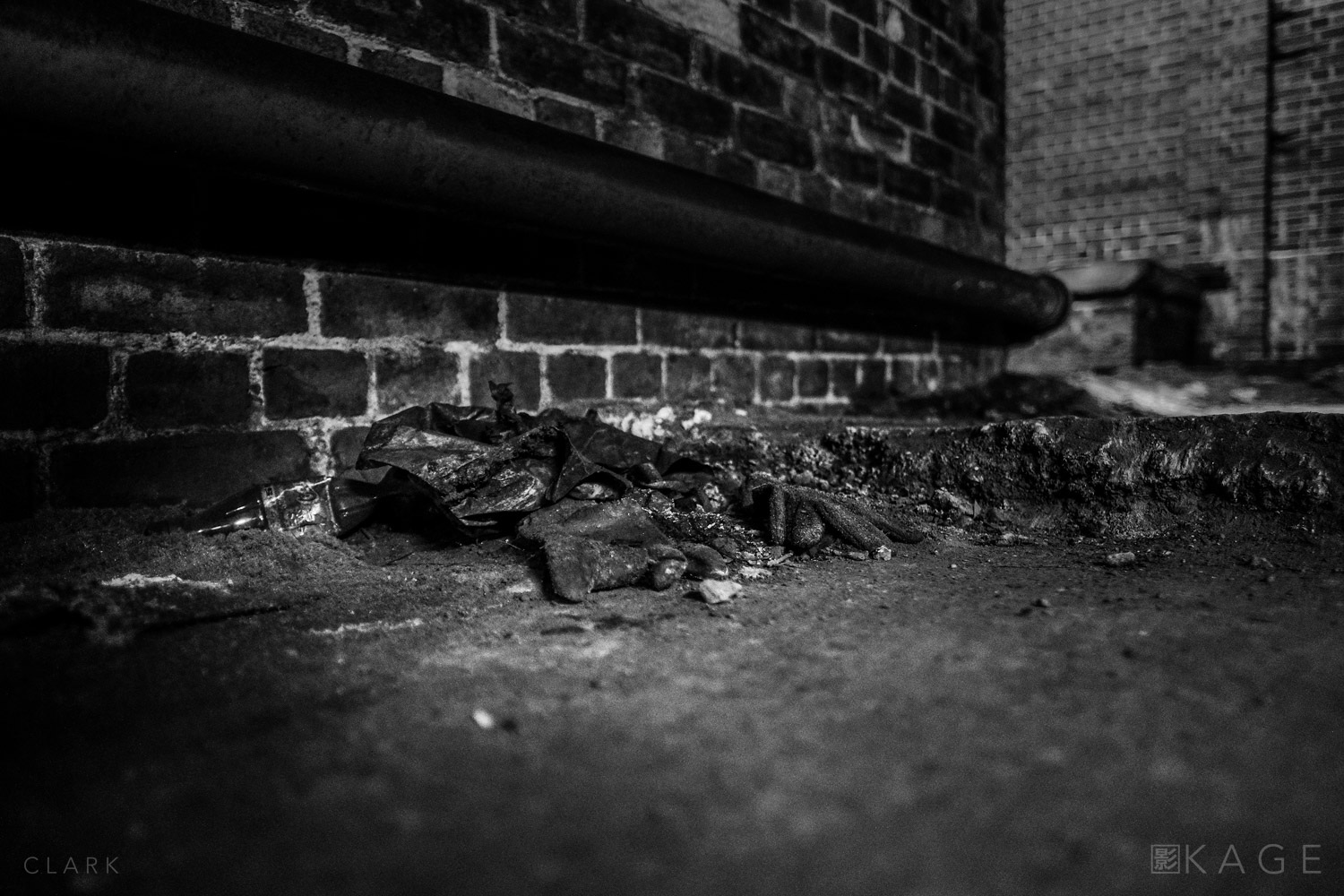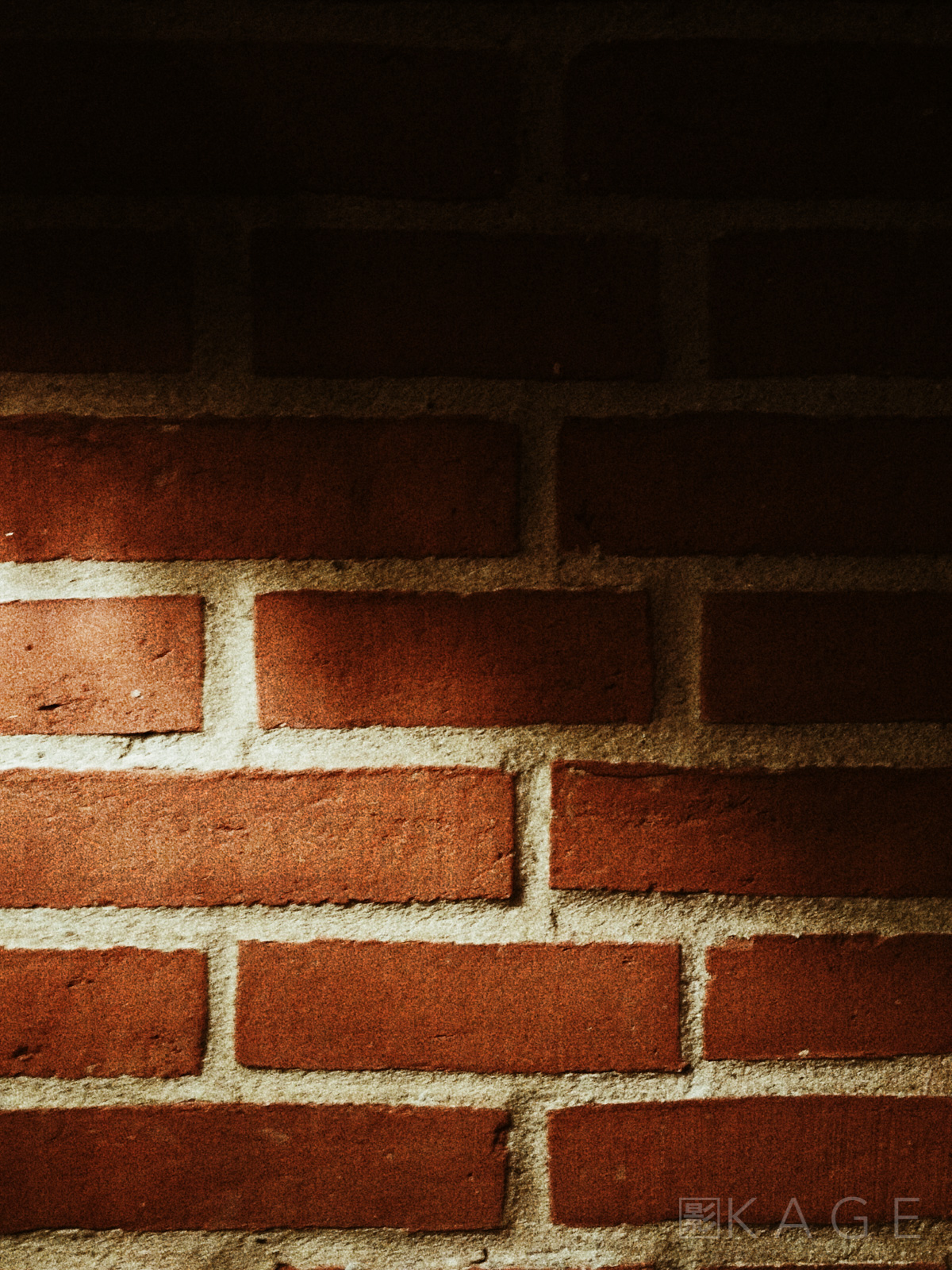Story by René Delbar, participant of the Brussels KAGE Temporary Collective Workshop
Feel the pulse of the modern metropolis: vibrant, restless and chaotic. Always in change, buzzing with activity. Constantly fighting decay and rebuilding for the future.
Meanwhile we mortals, nothing but shadows and dust, go on with our everyday lives.
Mostly oblivious to what transpires below the surface.
X-Pro2, 23/1.4, 35/2, 56/1.2
